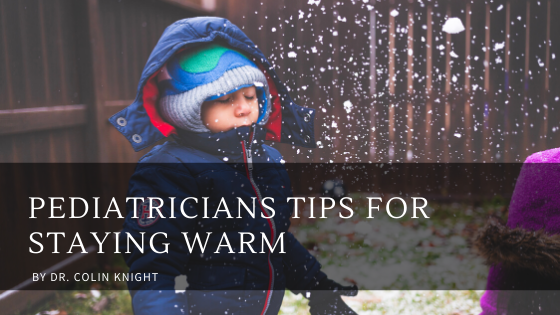Your children might think it’s fun to play outside in the winter, but you need to make sure that they stay safe and warm when the temperature starts to fall. Fortunately, protecting your children from the cold winter weather isn’t that difficult. All you need to do is use common sense and follow these simple tips.
Dress Your Children Appropriately
The best way to keep anybody safe in cold weather is to make sure they dress appropriately. This, of course, means keeping heads and hands covered with hats and gloves, but it also means dressing in layers that are easy to take on and off. Sweatshirts or sweaters should be worn underneath heavy winter coats, and t-shirts can be worn underneath that. Waterproof snowsuits can also help keep children dry and prevent hypothermia, so keep them ready for snowy or wet days.
While it is important to dress your child in layers when it starts to get cold, you don’t want to take things too far. It’s easy to get carried away and bundle your child in layers that cause them to overheat and sweat. Sweat is intended to cool the body, which is the opposite of what you want in cold weather. Sweaty clothing translates into wet clothing, which can quickly lead to hypothermia when it gets really cold.
Keep an Eye on Infants
It’s important for anybody who goes outside on a cold day to bundle up, but it is especially crucial to infants. Infants are just as vulnerable to the cold as anyone else, but they also tend to lose more heat than older children and adults through the tops of their heads. This is why a hat – preferably one made from wool – is so important for any infant who is taken outside. Hands and feet should also be covered since heat is lost from them as well.
Before you bring an infant outside in the cold, make sure they have a fresh diaper and that they are insulated from cold and wet. As mentioned before, wet clothes can quickly lead to hypothermia. Since infants also cannot express themselves, you will also need to keep an eye on them to make sure they aren’t getting too cold. A cold infant might become restless and fussy, and their hands and feet might be cold to the touch. A baby who is shivering or has skin that is turning blue is dangerously cold and should be brought inside immediately.
Use Common Sense
As much as children might like to play outside in the winter, there will be days that will be too cold for that. If the temperature is too cold to be outside safely for long or you notice that your children are shivering or show other signs of feeling cold, get them inside. As with all weather-related issues, it’s always best to err on the side of caution and stay indoors if you aren’t sure the weather is safe.
